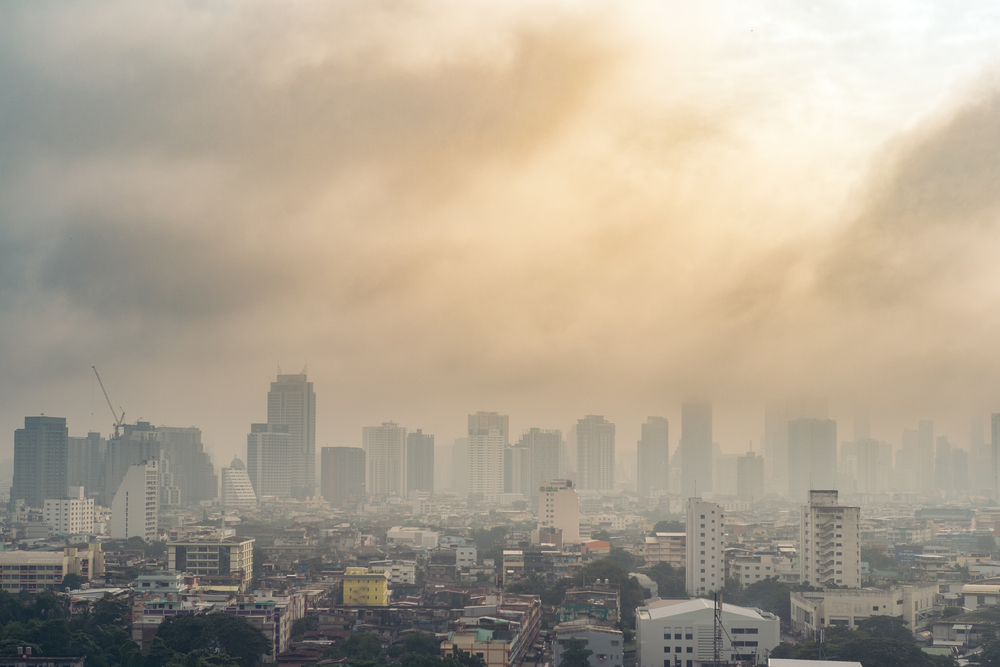Bengal has the largest number of polluted cities in the country when the concentration of the toxic PM10 pollutant is taken into consideration, according to a report prepared by the international environmental organisation Greenpeace.
The report is based on national air-quality data made available by the central government.
Once inhaled, PM10, fine particulate matter of 10 micrometre diameter or less, which is roughly one-tenth of a human hair, can reach the lungs and trigger a range of respiro-cardiac diseases.
The Bengal Pollution Control Board could not offer a reason behind such high numbers of PM10 in cities, saying it would have to analyse the report first. Environmentalists pinpointed pollution caused by diesel vehicles as the major cause.
According to the report, Bengal tops the list of PM10-polluted cities whose annual PM10 value in 2018 was greater than the national limit of 60 micrograms. Bengal has 36 such cities, Punjab 21, Maharashtra 21, Uttar Pradesh 20 and Odisha 15.
The Greenpeace study considered 287 cities having one or more air pollution measuring stations with more than 52 days of ambient air quality monitoring data under the national air pollution monitoring programme for 2018.
The study found that “more than 80 per cent (231) cities/towns had PM10 levels exceeding” the benchmark of 60.
The report highlighted that if the limit prescribed by the World Health Organisation — 20 micrograms — is considered, only one Indian city, Lunglei in Mizoram, has pollution levels below the limit.
In January 2019, the Union environment ministry had brought out a list of 102 cities under the National Clean Air Programme (NCAP) that had failed to attain the national standard on ambient air pollution. The number of such “non-attainment cities” was later revised to 122.
While Calcutta had been the only non-attainment city from Bengal in the original list, the revised list also had Asansol, Barrackpore, Durgapur, Haldia, Howrah and Raniganj.
However, the Greenpeace analysis shows that PM10 pollution has now become rampant all over the state.
Only two Bengal cities — Darjeeling and Kalimpong — out of the 38 in the state where air pollution has been regularly measured, were found to have pollution levels below the national limit.
“I am not aware of the report and will only be able to comment once we analyse it,” pollution control board chairman Kalyan Rudra told this newspaper on Monday evening.
An environemenalist said: “After the high court in 2008 banned four-stroke autos and commercial vehicles that are more than 15 years old in Calcutta, such vehicles were largely pushed to other parts of the state. These vehicles, coupled with slack pollution monitoring, have largely led to such high air pollution.”










